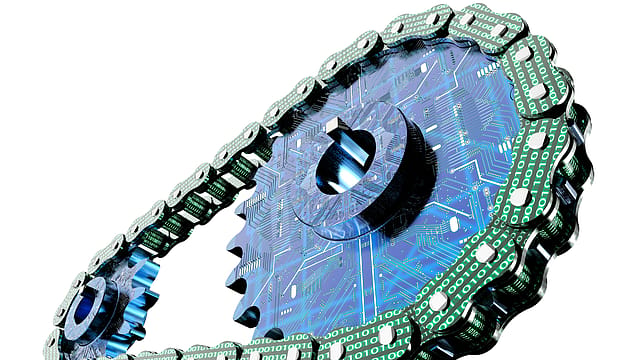How blockchain can prevent LoU scams
ADVERTISEMENT

The Nirav Modi “scam” has gotten tremendous attention from the media. But to understand the scandal, one has to understand what Letters of Undertaking, Bank Guarantees, Letters of Credit and other documentary credits actually mean.
Let’s decode this using a hypothetical example. Lee is a Chinese supplier of mobile phones. Ashok Kumar is an Indian importer who wants to sell Lee’s phones in India, and places an order for a million phones at hundred dollars each. That’s a $ 100 million order.
Lee would want all the money in advance. But what if they don’t ship the phones after receiving the money in advance? That would sink Ashok Kumar’s business.
On the other hand, Ashok Kumar would want to wait till the phones have arrived safely in Mumbai before sending any money. But Lee won’t accept that. After all what would he do if Ashok does not pay?
This is where letters of credits come to the rescue. Ashok Kumar goes to his bank (Great India Bank) and requests for a letter of credit. This letter would state that when the phones arrive safely in Mumbai, the Great India Bank would pay Lee $100 million. Lee can take this letter to his bank (Great China Bank) and request for a loan against it so that he can get busy assembling the phones.
January 2026
Netflix, which has been in India for a decade, has successfully struck a balance between high-class premium content and pricing that attracts a range of customers. Find out how the U.S. streaming giant evolved in India, plus an exclusive interview with CEO Ted Sarandos. Also read about the Best Investments for 2026, and how rising growth and easing inflation will come in handy for finance minister Nirmala Sitharaman as she prepares Budget 2026.
It all sounds simple and good. But, like Great India Bank is suppose to ensure that Ashok Kumar first deposits assets worth $100 million as collateral before issuing the letter of credit, Nirav Modi’s companies did not deposit adequate security with the Punjab National Bank. They allegedly bribed some bank employees and got many letters of credit issued without putting up any collateral with the bank.
The employees also broadcast details of these letters using the SWIFT (Society for Worldwide Interbank Financial Telecommunication) network. The SWIFT network enables financial institutions around the globe to send and receive information about financial transactions. The employees knew that their bank’s core banking systems were not connected to the SWIFT network. This meant that the management would not get to know about the scam.
And this went on for several years.
To cut a long story short, the scam took place because fraudulent bank employees issued letters of credit without securing adequate collateral and without recording the transactions in the bank's core banking systems.
Now comes the question: Can blockchain technology prevent such scams.
Depending upon the hemisphere you live in, you would probably think that blockchain is either the Rajnikant or Chuck Norris of all technologies. Thanks to the massive media coverage and billions of dollars of investments, blockchain is a word that almost everyone has heard.
To understand blockchain, however, we need to understand databases.
Imagine a world without computer databases. There would be no e-commerce, no ATMs, no Internet banking, no Aadhaar or similar social security scheme, no Facebook, no Gmail, no WhatsApp! Almost everything that makes the Internet so powerful and useful depends upon computer databases. The digital world relies very heavily on computer databases, even though most users are unaware of it.
Now imagine a database that is provably immutable/unchangeable and almost impossible to hack. That's a blockchain. At its core, a blockchain is an ordered and time-stamped sequence of "blocks of information". The unknown inventor of Bitcoin, the cryptocurrency, invented blockchain technology in 2008.
A blockchain is a peer-to-peer network that timestamps transactions by hashing them into an ongoing chain of hash-based proof-of-work. Blockchain is an innovative mix of decades old, tried and tested technologies including Public key cryptography, Cryptographic hash functions and Proof-of-work.
Blockchain solutions can be permissioned (only selected entities can connect) or permissionless (any entity can connect). Permissioned blockchains can be private (one entity controls all the nodes) or shared (multiple entities control nodes).
Thus, it is easy to say the attraction on blockchain in financial sector.
An ideal solution would be a permissioned blockchain where all the banks as well as the regulators would have nodes. Each bank would push the details of the Documentary Credits (collective term for bank guarantee, letter of credit etc.) issued by it, onto this blockchain.
This ensures data privacy and confidentiality while at the same time preventing frauds. Regulators are provided nodes to enable real-time supervision. The system is API driven and can easily be integrated with the banks' core banking and other legacy systems.
The views expressed in this article are not those of Fortune India.
The author is a co-founder of Primechain Technologies.
